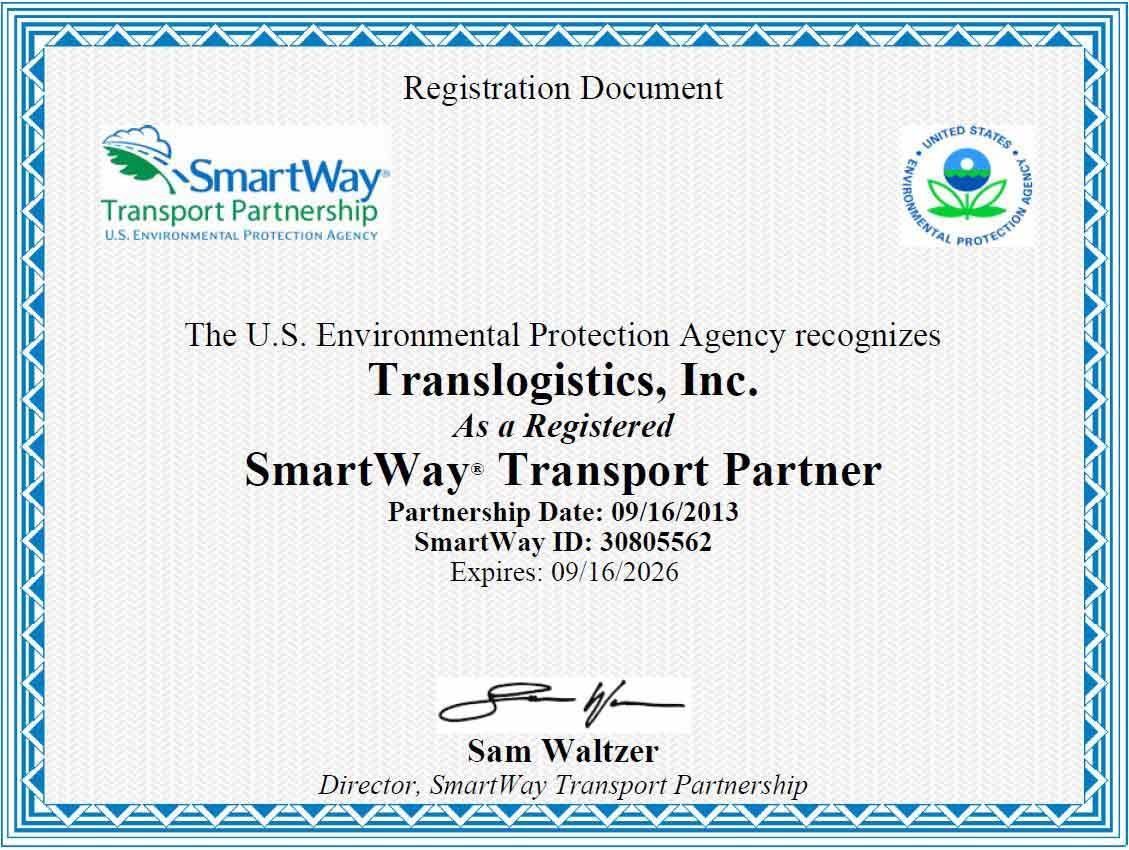Affordable Freight Rates
Affordable Freight Rates
When it comes to shipping goods domestically or internationally, businesses of all sizes seek affordable freight rates to optimize their supply chain costs. Affordable freight rates are crucial for maintaining competitiveness and profitability. In this article, we will explore what affordable freight rates mean and discuss the key factors and strategies involved in securing them.
Defining Affordable Freight Rates:
Affordable freight rates refer to the cost of transporting goods from one location to another without significantly burdening the shipper's budget. These rates are influenced by several factors, such as the distance, mode of transportation, weight, size, packaging, transit time, and service level requirements.
Key Factors Affecting Freight Rates:
- Distance and Location: The distance between the origin and destination plays a significant role in determining freight rates. Longer distances generally result in higher rates due to increased fuel consumption, driver wages, and vehicle maintenance costs. Additionally, remote or hard-to-reach locations may incur additional charges due to limited transportation infrastructure.
- Mode of Transportation: Different modes of transportation, such as road, rail, air, and sea, offer varying costs and transit times. Each mode has its own advantages and limitations. For instance, sea freight is typically more cost-effective for bulky or non-urgent shipments, while air freight offers faster delivery but at a higher price point. Choosing the most suitable mode of transportation based on your specific requirements can help optimize costs.
- Weight and Size of Shipment: The weight and size of the shipment directly impact freight rates. Carriers consider the dimensional weight (volume) and actual weight to determine charges. Larger and heavier shipments occupy more space and require specialized handling, which can lead to higher rates. Efficiently packing and consolidating shipments can help reduce costs by maximizing space utilization.
- Packaging and Handling: Proper packaging is crucial for protecting goods during transportation. Inadequate packaging can result in damages, leading to potential losses. Carriers may charge additional fees for specialized handling requirements, such as fragile or hazardous materials. Optimizing packaging to ensure product safety while minimizing additional handling fees is essential for cost-effective shipping.
Securing Affordable Freight Rates:
- Carrier Comparison Shopping: Researching and comparing rates from different freight service providers can help identify cost-effective options. Utilize online platforms, freight brokers, and direct carrier inquiries to obtain multiple quotes. Consider factors such as reliability, transit time, and customer reviews alongside the rates to make an informed decision.
- Negotiating Contracts: For businesses with regular shipping needs, negotiating long-term contracts with carriers through a TLI carrier sourcing RFP can provide favorable rates. Committing to a specific volume or frequency of shipments can give you leverage during negotiations and help secure lower rates. Establishing strong relationships with carriers can also lead to preferential treatment and discounted rates.
- Utilizing Freight Consolidation: Freight consolidation involves combining multiple shipments from different shippers into a single transportation unit. This method allows for shared transportation costs, reducing individual shipping expenses. Collaborating with logistics providers or joining freight pooling networks can help access consolidated shipping options.
- Optimizing Supply Chain Efficiency: Improving supply chain efficiency can lead to cost savings. Streamline processes, minimize order lead times, and optimize inventory management to reduce overall transportation requirements. By consolidating shipments, improving forecasting accuracy, and using just-in-time practices, businesses can minimize transportation costs and increase affordability.
Affordable Fright Summary:
Securing affordable freight rates requires a comprehensive understanding of the factors influencing pricing and implementing effective strategies. By considering distance, mode of transportation, weight, packaging, and optimizing supply chain efficiency, businesses can enhance their shipping affordability. Regularly reviewing and optimizing transportation practices will enable companies to maintain a competitive edge while effectively managing their logistics costs.
TLI Insights
Get the latest logistics insights and tips from TLI's award-winning team. Stay ahead in transportation planning.
Questions? Email us at marketing@shiptli.com




